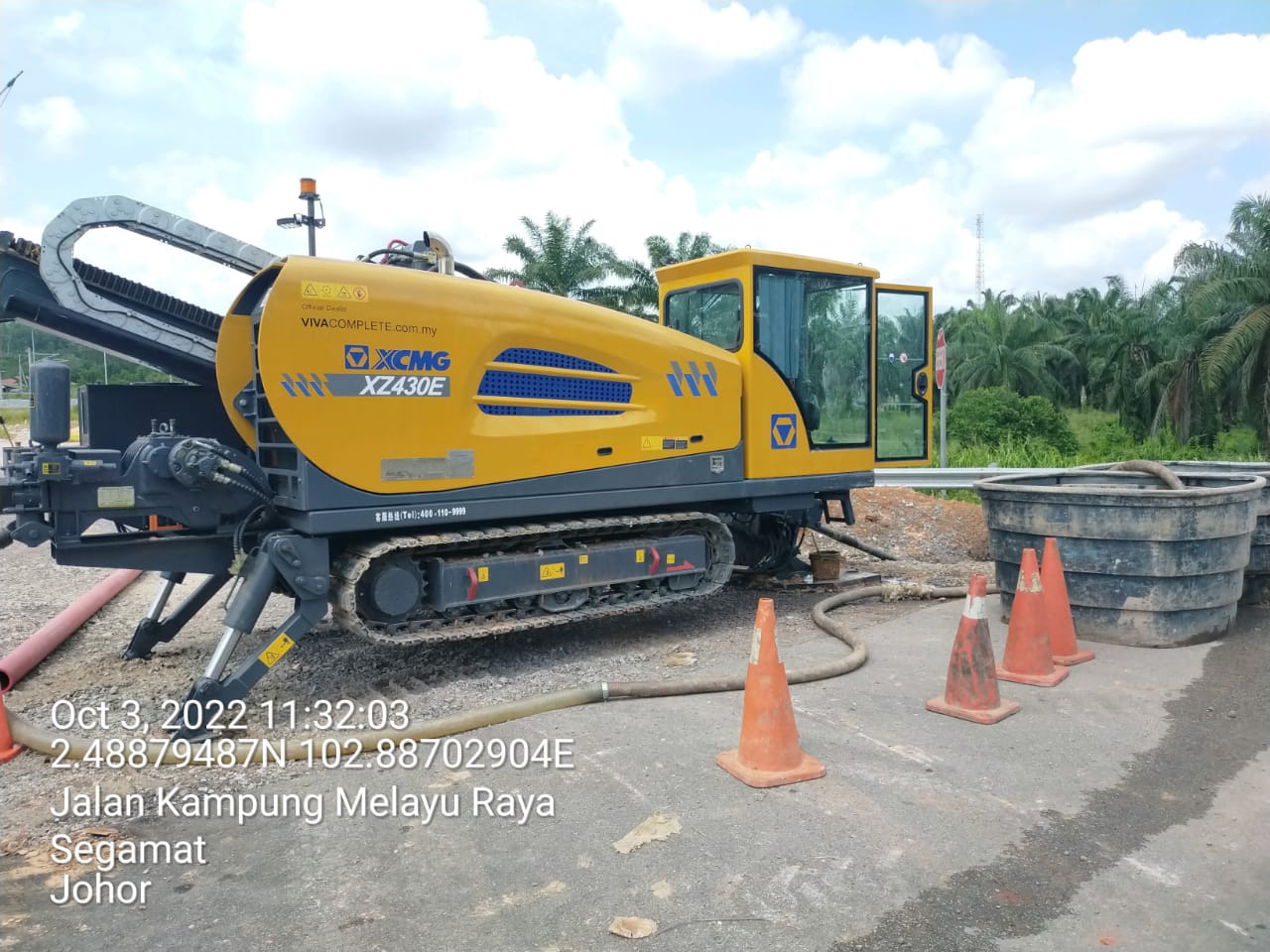Directional drilling technology has changed the way natural resources are accessed and construction is constructed. This advanced technique permits professionals to create wells that differ from a straight path, allowing targeted access to petroleum and natural gas deposits, the placement of infrastructure systems, and the development of pipelines even in adverse environments. For those new to the field, understanding what directional drilling means and the positive aspects it provides can seem intimidating. This resource aims to explain directional drilling, exploring its various fields, advantages, and the technologies that are propelling its evolution.
As the need for efficient and sustainable construction techniques grows, directional drilling becomes crucial as a critical innovation. From its initial users in the petroleum sector to its growing role in sustainable energy and metropolitan infrastructure, this technique demonstrates the industry’s ability to adapt and evolve. In click this over here now , we will dive deep into the details of directional drilling, contrasting it with conventional techniques and reviewing the tools and technologies that make it viable. Whether you're a novice or an industry specialist seeking knowledge, you'll find valuable information on the practices, challenges, and intriguing future of directional drilling.
Grasping Directional Borehole Boring
Directional drilling is a technique that facilitates the drilling of wells at multiple angles instead of just upright, enabling more effective harvesting of resources. This process is frequently employed in the petroleum industry but has also found uses in utility installations, construction, and sustainable energy initiatives. By facilitating the boring of angled or angled wells, this method improves the positioning of drill sites, making it feasible to reach resources that would otherwise inaccessible using traditional vertical drilling methods.
One of the primary advantages of this technique is its ability to minimize land disturbance. Conventional drilling commonly necessitates extensive land disturbance and can interfere with the surrounding environment significantly. In contrast, directional drilling enables operators to drill from a central site to access several points of interest underground. This results in fewer drilling sites, less disturbance to the landscape, and reduced effect on residential areas and ecosystems. The method has become essential in fragile locations, where environmental protection and surface integrity are critical.
To efficiently execute this technique, several cutting-edge devices and machinery are utilized. For illustration, hole tracking technologies, mud motors, and tailored drilling implements help ensure precision and effectiveness throughout the boring procedure. The design of the boring route is crucial, as it necessitates a deep understanding of geological formations and the objectives. As technology evolves, the methods and machinery used in directional drilling are ever-evolving, offering opportunities for increased precision, efficiency, and minimal impact.
Advantages and Advantages
Directional drilling offers many benefits which enhance effectiveness and effectiveness in different industries. A primary of the primary advantages is its capability to reduce surface disruption. By drilling at inclined positions or on a horizontal plane, this method allows for the installation of gas lines and utilities without the need for extensive excavation. This benefit is particularly valuable in urban settings where road closures and surface disturbances can lead to substantial inconvenience and economic loss.
Moreover, directional drilling can cut both time and money compared to traditional drilling methods. The precise positioning of boreholes reduces the need for multiple drilling sites and mitigates the logistics challenges associated with extensive excavation. This efficiency not only speeds up project timelines but also decreases labor and material costs, making it a financially attractive option for companies in industries such as oil and gas, utility installation, and renewable energy.
Finally, the environmental advantages of directional drilling cannot be overlooked. By minimizing the area impacted during drilling operations, this method reduces the ecological footprint and helps protect surrounding landscapes. Moreover, it is particularly well-suited for environmentally delicate locations, allowing for infrastructure development without compromising environmental integrity. As industries increasingly focus on sustainable practices, directional drilling stands out as a solution that aligns with both operational goals and environmental stewardship. spintax ### Future Developments in Horizontal Drilling

With the increasing demand for more effective and ecologically friendly construction practices grows, the future of directional drilling is expected to be driven by advancements in technological and automation. Innovative technologies such as real-time data analytics and advanced modeling software are allowing operators to more effectively predict drilling trajectories and refine processes. This greater accuracy in planning and execution merely improves the efficiency of projects but also reduces costs and resource consumption.
Artificial Intelligence is additionally playing a critical role in the evolution of directional drilling practices. AI-driven systems can analyze extensive amounts of data from previous drilling projects to spot patterns and advise on the best strategies for upcoming endeavors. ML algorithms boost decision-making processes, thus enhancing safety and performance on-site. As these technologies become more involved into drilling operations, we can expect significant improvements in overall project delivery times and a decrease in the chance of costly mistakes.
Green practices is predicted to be a major driving force behind the future of directional drilling. As urban landscapes expand and infrastructure demands increase, the ability to minimize surface disruption becomes increasingly critical. New developments in sustainable drilling fluids and equipment designed to operate with a lower environmental footprint will support this transition. This focus on sustainable practices in directional drilling not only matches with global environmental goals but also prepares the industry to meet the needs of future urban and energy needs effectively.
